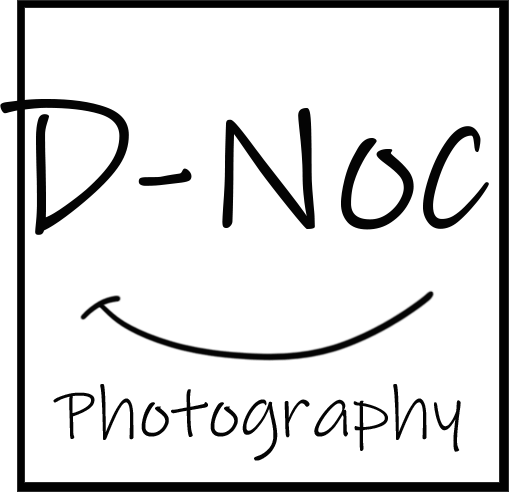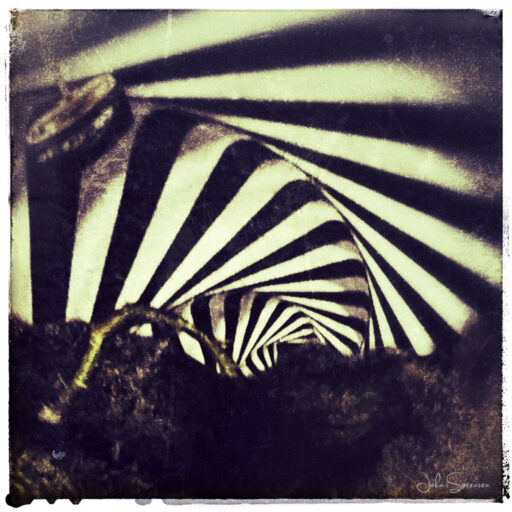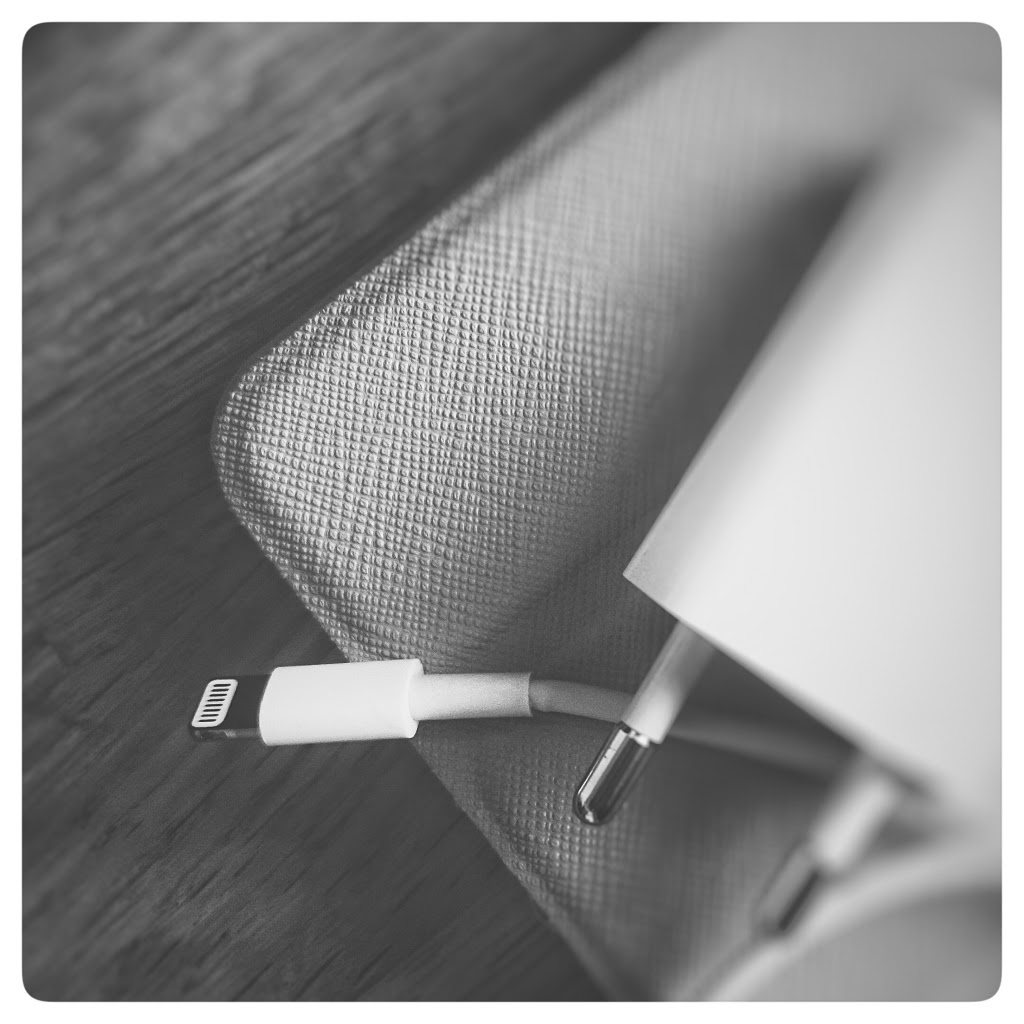When I started taking photography more serious, I mainly shot black and white photos. I loved a good black and white photo. To be fair, I still do.
And I also still love when I see a subject or scene that I know exactly how to capture in black and white.
But still I have noticed a change in the photos I post here on my site. A while back, the majority were black and white, now most of them are in color.
The reason for this is quite simple. I have switched groove. I am now primarily taking pictures of animals, either in the wild or on various zoos.
Animals usually have strong or distinctive colors, and while some animals photos can work in black and white, most of them deserve to be in color.
Switching grooves is not a bad thing. It is an evolution. The next step.
Instead of keeping in the same groove and starting to repeat yourself, or growing tired of what you do, you can try something else. It doesn’t mean that you can’t switch back to your old groove if you want to at some later point.
And if you switch back, maybe you will have learned something new, that takes your work to another level.
At the moment I still have a strong urge to photograph wildlife, but I can also feel a beginng yearning for the old days of picking up my camera, put on a 35mm lens or a Lensbaby, and go out exploring and capture new black and white sceneries.



















 Sure, I like this picture but it just doesn’t feel like something special to me.
Sure, I like this picture but it just doesn’t feel like something special to me.
